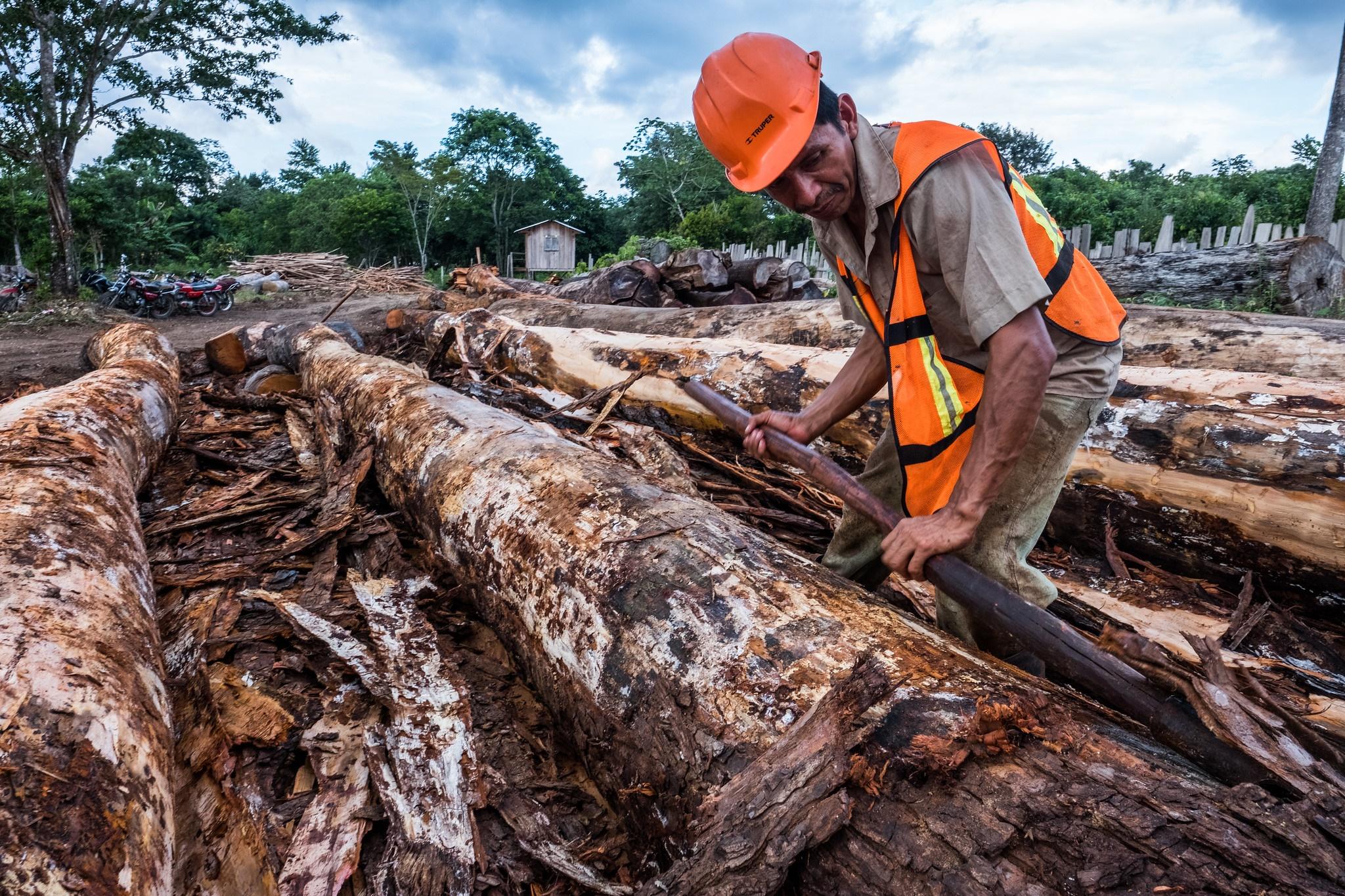A study published in Environmental Research Letters indicates Amazonian forests probably can't provide enough timber to meet current longterm demands. This is true even if better logging practices are employed, the study finds.
“In the Amazon Basin, around 20 per cent of the total forest area is used for timber production," writes lead author Dr. Camille Piponiot, a junior scientist at the University of French Guiana. "This is usually done through selective harvest of a few trees per hectare, followed by regrowth.
“Selective logging provides income and employment and allows the forest to retain most of the carbon stocks and biodiversity of old-growth forests. But with 30 million cubic metres of sawlogs being extracted from the Amazon’s 108 million hectares of natural production forests each year, decisions about the management of these production forests are of major importance.”
The rainforest spreads over nine Amazonian countries. This makes management of wood resources difficult.
“Many Amazonian countries have passed regulations for maximum logging intensities and minimum time intervals between harvests, to avoid depletion of timber stocks," writes senior author Dr. Bruno Herault. "But these national regulations are insufficient. Typically, the minimum time timber stocks are assumed to recover to pre-harvesting levels are 20 to 35 years, despite substantial evidence that without strong limits on logging intensities, this is not long enough to be sustainable.”
The research team used computer modelling to examine the timber sustainability levels under five different logging intensity and timber regrowth scenarios: an average logging intensity scenario with a standard 30-year cutting cycle; a low-intensity scenario with a 30-year cutting cycle; a high-intensity scenario with a 30-year cutting cycle; a short-cycle (15 years) scenario, with an average logging intensity; and a long-cycle (65 years) scenario, with an average logging intensity.
Dr Piponiot said: “Our results show that with current cutting cycles and logging intensities, forest regrowth is too slow to recover timber stocks. The light scenarios (low intensity and long cutting cycles) do not provide enough timber and the heavy scenarios are not sustainable, as they do not allow volume recovery during a cutting cycle.”






Have something to say? Share your thoughts with us in the comments below.